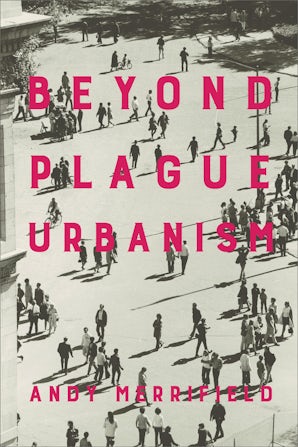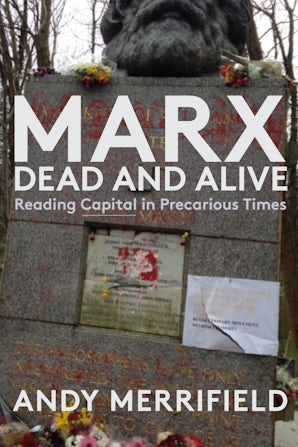Also in this issue
- Ecological Civilization, Ecological Revolution: An Ecological Marxist Perspective
- Marx and Engels and Russia's Peasant Communes
- Some Lessons on Planning for the Twenty-First Century from the World's First Socialist Economy
- Young Marx on Fetishism, Sexuality, and Religion: Revisiting the Bonn Notebooks
- Monthly Review in Historical Perspective
Books by Andy Merrifield
Roses for Gramsci
by Andy Merrifield
Beyond Plague Urbanism
by Andy Merrifield
Marx, Dead and Alive
by Andy Merrifield
Dialectical Urbanism
by Andy Merrifield





